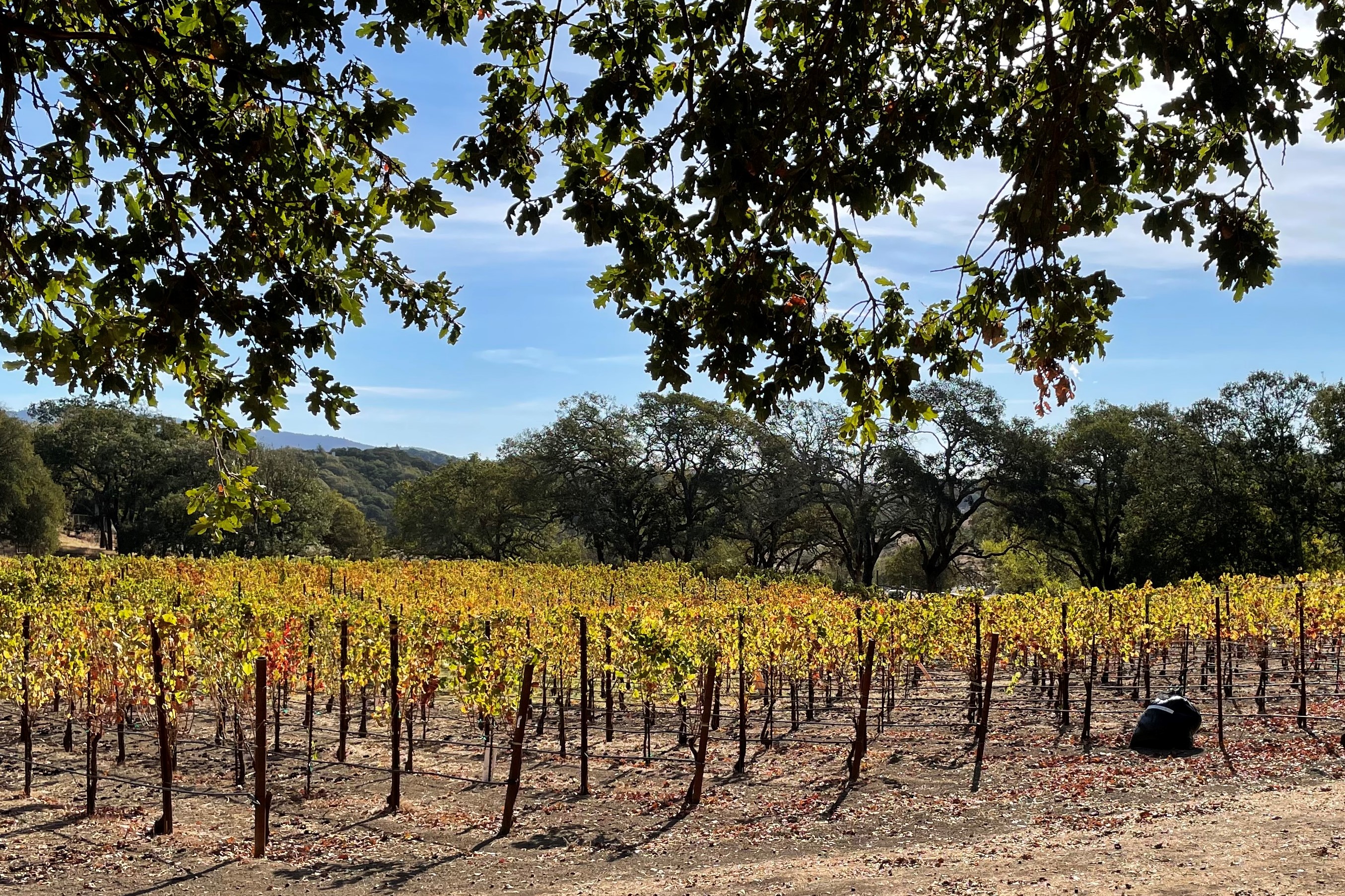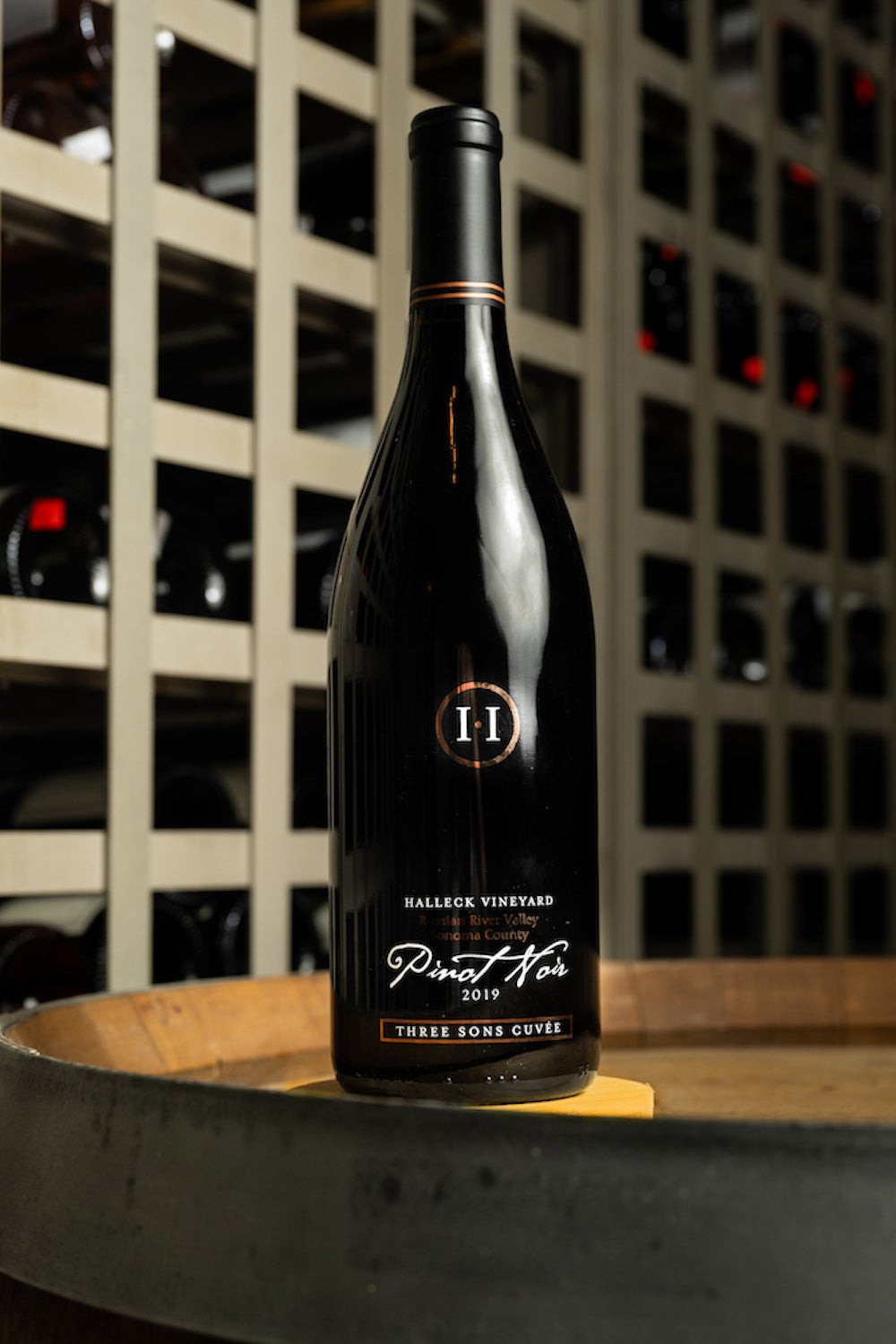Wineries Known For Handcrafted Wines - Wine Tours And Tastings In Sebastopol
Wineries Known For Handcrafted Wines - Wine Tours And Tastings In Sebastopol
Blog Article
Wineries Promoting Sustainable Farming - Family-Owned Wineries In Sonoma
Wine tasting is an art that mixes sensory experience with an appreciation for the nuances of various varietals. How to gauge flavors in winery wine tasting periods is pivotal to greedy the complexities of wine.
Engaging in a wine tasting involves greater than merely sipping and savoring. It requires a focused strategy to establish aromas and flavors that every wine presents. As you begin, observe the wine's look, noting its colour and clarity. These visual cues often counsel a wine’s age, grape variety, and even potential flavor profiles.
The subsequent step in the tasting course of is to swirl the wine in your glass. This motion releases aromatic compounds that are vital for evaluation. Lean in and take a moment to inhale deeply; the aromas can vary from floral and fruity to spicy and earthy. The nose of the wine is simply as essential because the palate, and recognizing scents performs a major role in understanding the general experience.
When taking your first sip, enable the wine to move across your palate - Vineyard Picnic Spots In Sonoma Valley. Notice the preliminary flavors that current themselves. Is the wine fruity, floral, or maybe herbaceous? This preliminary taste offers perception into what the wine is likely to specific as you continue to evaluate it. The mouthfeel additionally contributes to the general flavor experience; it could be silky, tannic, or even effervescent.
Wineries Focusing On Single Vineyard Wines - Wine Tasting In Sonoma County
As you proceed tasting, take note of the wine’s stability. A well-balanced wine will harmonize acidity, sweetness, and tannins. If one part overwhelms the others, it might point out a much less fascinating high quality. Evaluating stability might help you identify how properly the wine may pair with food.
Transitioning to the finish, think about how the flavors evolve because the wine lingers in your palate. A long, pleasant end can point out a high-quality wine, whereas a brief or abrupt end may suggest otherwise. Replicate on whether the flavors stay consistent or if new notes emerge because the wine settles. This progression can reveal complexities and intricacies that may not have been apparent in the preliminary tasting.
Temperature can be an important factor in evaluating wine flavors. Different types of wine are optimally enjoyed at specific temperatures. White wines usually shine when chilled, while purple wines usually carry out greatest at room temperature. When tasting, make certain the wine is on the appropriate temperature to fully appreciate its character.
Remarkable Craft Wineries In Sebastopol - Sebastopol's Vibrant Wine Scene
Pairing food with wine can tremendously enhance the tasting experience. Foods can affect the notion of flavors in wine, both highlighting sure characteristics or diminishing them. When evaluating flavors, think about how the wine interacts with different meals, noticing which flavors are amplified or muted (Beautiful Picnic Areas At Sonoma Wineries).

Contemplate the affect of terroir as you engage in a winery tasting. Terroir encompasses the unique environmental components that have an effect on grape growing, together with soil composition, local weather, and geography. Understanding a wine's terroir can present perception into its flavors and aromas, fostering a deeper appreciation for the alternatives made during its cultivation and manufacturing.
Education performs a basic function in enhancing one's capacity to evaluate wine flavors. Studying about grape varieties, wine areas, and manufacturing methods can pave the finest way for extra knowledgeable judgments during tastings. Moreover, attending workshops or classes can refine sensory skills and expand your flavor vocabulary, enabling you to articulate tasting notes more effectively.
Finally, it is important to remember that evaluating wine flavors is a highly personal experience. Particular Person preferences and perceptions will invariably shape one’s tasting journey. Enjoyment must be on the forefront, with the evaluation process appearing as a device to reinforce understanding and appreciation quite than create inflexible pointers.
Wineries With Unique Tasting Experiences - Wineries For Casual Tastings In Sonoma
In conclusion, mastering how to evaluate flavors in winery wine tasting sessions includes a mix of sensory engagement, information, and practice. By studying to establish aromas, assess the stability, and appreciate the intricacies of flavor, wine enthusiasts can deepen their connection to every bottle they encounter. As with any art type, the more one immerses themselves in the experience, the more they'll uncover and enjoy the vast world of wine.
- Begin by observing the wine's color and clarity, as these visible components can hint at its flavor profile and growing older potential.
- Swirl the wine gently in your glass; this releases aromatic compounds, allowing you to raised establish the advanced scents related to the wine.
- Take a deep inhale earlier than tasting, specializing in each major and secondary aromas to collect insights on fruits, spices, and different nuances.
- When tasting, enable the wine to coat your palate; note the preliminary flavors, the mid-palate complexity, and the finish as these levels can provide different flavor highlights.
- Pay attention to texture and mouthfeel, as features similar to tannin levels, acidity, and sweetness contribute significantly to the overall tasting experience.
- Compare flavors towards normal wine traits; for red wines, contemplate berry notes, oak influence, and natural tones, whereas whites might embody citrus, stone fruits, and floral hints.
- Take notes during the tasting session to track your impressions, helping you to remember and evaluate the totally different wines sampled.
- Discuss your findings with fellow tasters or winery workers, as sharing insights can improve understanding and appreciation of individual flavors.
- Allow time for the wine to breathe; sometimes, flavors evolve and reveal new dimensions after being exposed to air.
- Experiment with food pairings during the tasting as they'll dramatically alter how flavors are perceived, influencing overall enjoyment.undefinedWhat ought to I search for when evaluating the aroma of wine during a tasting?
Begin by swirling the wine in your glass to launch its aromas. Convey the glass to your nose and take a deep breath. Pay attention to the first scents you detect, as these are sometimes essentially the most prominent. Look for fruit, floral, herbal, or earthy notes and try to establish particular traits, which is ready to deepen your understanding of the wine's complexity.
Wineries That Offer Barrel Tastings - Wineries For Casual Tastings In Sonoma

How can I distinguish between different flavor profiles in wine?
Perceive that flavor profiles are sometimes categorized as fruit, floral, herbaceous, spicy, or mineral. Take small sips and permit the wine to coat your palate. Notice the first flavors that emerge first and the refined notes that follow. This layering is essential in distinguishing the wine's traits and can assist you to respect its unique profile.
Interactive Wine Tasting Experiences In Sonoma - Sonoma Wine Tasting Spots
What is the significance of the wine's texture in a tasting?

The texture of the wine, also called mouthfeel, performs a crucial function in how we perceive flavors. Pay attention as to whether the wine feels easy, creamy, or gritty. The physique of the wine (light, medium, or full) can improve or distinction with flavors, offering a extra rounded experience during tasting.
How do I assess the steadiness of flavors in wine?
Balance in wine refers to the harmony between acidity, sweetness, tannin, and alcohol. Take a second to assess whether or not these elements complement or intrude with one another. A well-balanced wine may have none of its elements overpowering the others, creating a pleasant tasting experience.
Intimate Wine Tasting Experiences In Sonoma - Sonoma Wine Tasting Recommendations
What function does temperature play in evaluating wine flavors?
Temperature can considerably impact the notion of flavors. Usually, red wines are finest served slightly beneath room temperature, while white wines get pleasure from being chilled. As the temperature changes, the aromas and flavors can shift, allowing you to understand different traits. It’s essential to taste wine at its optimum temperature for true analysis.
Scenic Vineyard Tours In Sebastopol - Wine Tasting At Sonoma Vineyards
How can I enhance my tasting skills over time?
Practice is key to bettering your tasting skills. Unique Wine And Food Pairings In Sonoma. Attend tastings, find more information hold a journal of your experiences, and discover different sorts of wines to broaden your palate. Additionally, learning about wine production and grape varieties can provide context that enhances your analysis process, making you a more informed taster.
Is there a specific order in which I should style the wines?
Wineries Offering Private Events - Discovering Sebastopol's Wineries
Yes, it’s advisable to taste wines from light to full-bodied and dry to candy. This development prevents the stronger flavors from overshadowing the more delicate ones, allowing you to totally respect each wine's traits and nuances without palate fatigue.
How can I consider the aftertaste of wine?
Wineries In Sebastopol - Wineries With Outdoor Tastings In Sebastopol
The aftertaste, or end, is a crucial side of the wine-tasting experience. After swallowing, take note of how long the flavors linger on your palate and whether or not they change. A long, pleasant end is often an indicator of a high-quality wine, while a brief or disagreeable end may counsel in any other case.
Why is it important to note the wine’s acidity throughout tasting?
Acidity contributes to the overall freshness and construction of the wine. Pay attention to the tingling sensation in your tongue; greater acidity can enhance the wine's liveliness and steadiness out sweetness. Noting acidity helps determine the wine's versatility with food and its getting older potential.
What should I do if I wrestle to identify particular flavors in wine?
Wineries With Live Music Events Occasionally - Vineyard Experiences In Sonoma
Struggling to identify flavors is frequent, particularly for newbies. Focus on broader classes and describe what you possibly can acknowledge, similar to candy or earthy special info notes. With practice, reading about completely different flavor profiles, and maybe utilizing flavor wheels, you'll refine your senses and develop a more nuanced method to tasting. Report this page